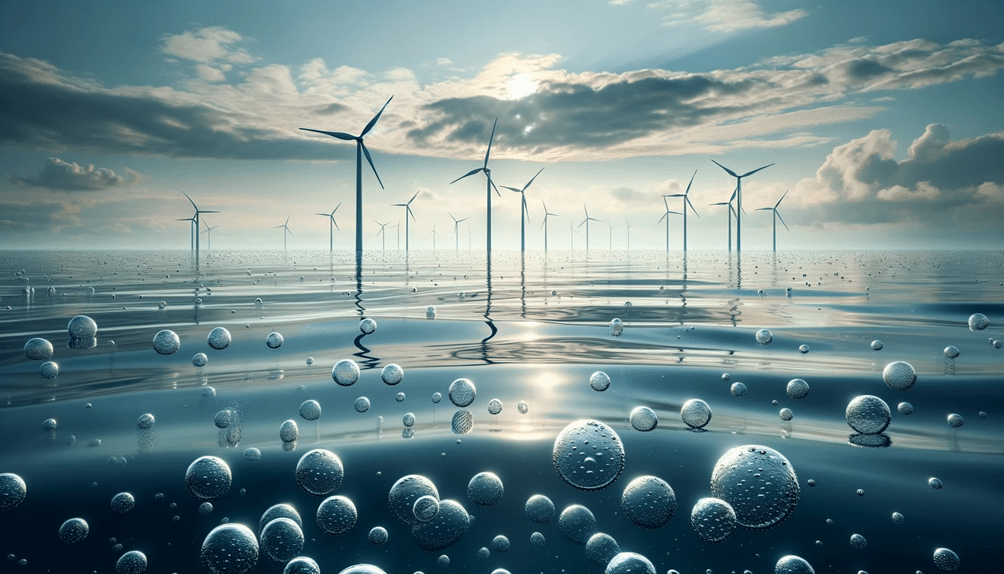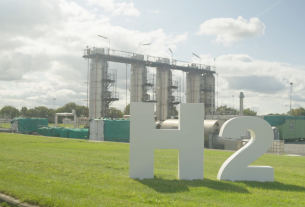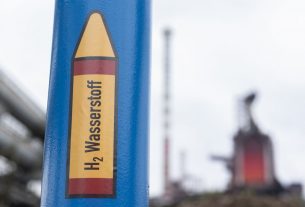Sweden – The Baltic Sea Oxygenation and the Super-Green Hydrogen Economy project, known as “BOxHy,” is steering a collaborative mission to tackle anoxia, a severe lack of oxygen in the Baltic Sea.
This ambitious project is a joint effort led by Flexens, a regional hydrogen project developer, in partnership with Lhyfe, a pioneer in green and renewable hydrogen production, and Stockholm University’s Department of Ecology, Environment, and Plant Sciences (DEEP).
The primary goal of the BOxHy project is to combat anoxia in the Baltic Sea by employing deep oxygen injection (DOI) technology. Anoxia poses a severe threat to marine ecosystems, and the project aims to enhance the habitat for cod reproduction, reduce phosphorus concentrations, and mitigate harmful cyanobacterial blooms.
Green Hydrogen Integration
Beyond marine restoration, BOxHy proposes a revolutionary approach by integrating oxygen co-produced during water electrolysis (hydrogen production) to rejuvenate marine ecosystems. This innovative strategy aligns with the vision of a “super-green” hydrogen economy and aims to finance Baltic Sea oxygenation through hydrogen production.
Deep oxygen injection process
Deep oxygen injection involves releasing pure oxygen deep below the water’s surface using a system that spreads micro-bubbles evenly. Already utilized in freshwater lakes in the United States, this method is poised to combat anoxia in the Baltic Sea. The project will identify a fjord-scale pilot site for DOI, considering stakeholder engagement and funding sources.
The estimated oxygen demand in the Baltic Sea makes BOxHy’s symbiotic approach crucial. The project envisions utilizing oxygen co-produced during water electrolysis for green hydrogen production. Flexens, as the project lead, is actively engaged in mapping Power-to-X projects, determining electrolyser capacity, and investigating energy supply availability.
Research expertise
Flexens’ managing and coordinating the project includes connecting existing Power-to-X projects with anoxic regions, determining electrolyser capacity, and investigating energy supply availability from offshore wind farms.
French energy company Lhyfe will investigate the integration of DOI technology with offshore hydrogen production platforms in the Baltic Sea. Stockholm University’s DEEP will evaluate coastal bays for testing oxygenation on a pilot scale. The aim is to gain knowledge relevant to larger-scale oxygen release impact on the Baltic Sea.
The Science and Technology Advisory Committee (STACO), chaired by Jakob Walve and Patricia Handmann, serves as a bridge between scientific and engineering worlds. Comprising experts in oxygenation, STACO supports the BOxHy project.




